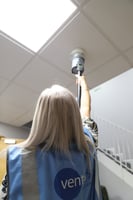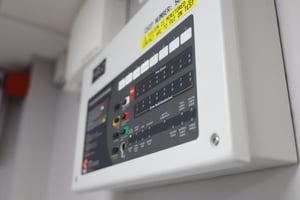
Fire Alarms
All of our fire alarms meet the LPS 1014 specifications audited by The Loss Prevention Certification Board (LPCB) and we are registered under the BAFE SP203-1 scheme to Design, Install, Commission and Maintain Fire Alarm Systems.
Ventro are the leading fire safety company in the UK, and provide a wide range of fire alarm services.
Types of Alarm Systems
We have an extensive network of expert fire technicians across the UK. Due to our long-standing expertise we can deal with many different types of fire alarm systems, offering excellent servicing contracts to our customers.
Ventro work with the leading fire alarm manufactures, to ensure we have access to the latest technologies and systems. Not every building is the same, so where more bespoke solutions are required, Ventro will be able to guide you through choosing the best system or combination of systems for your buildings.
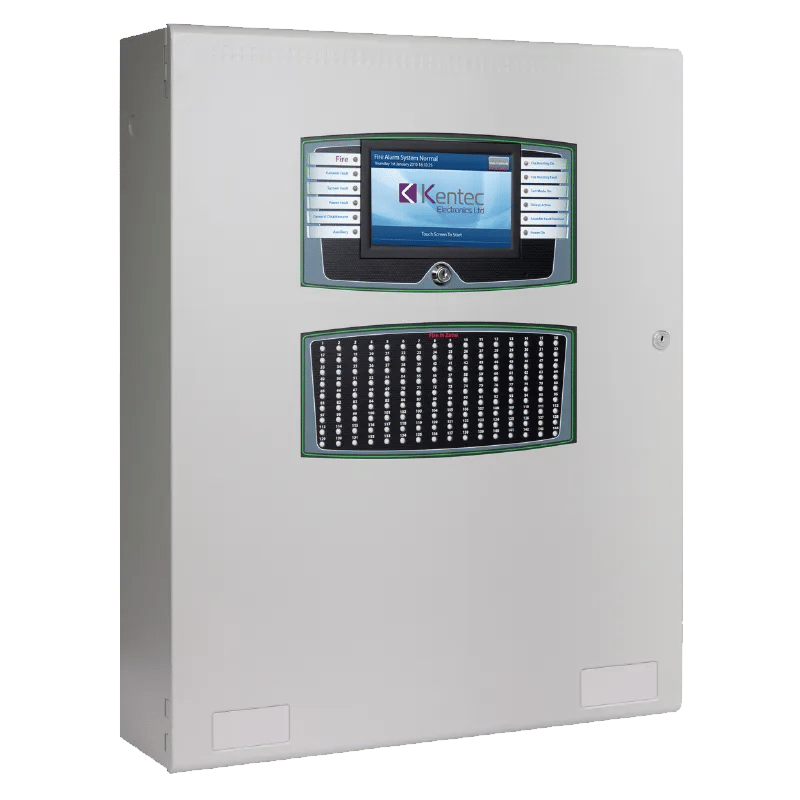
The main variations of Fire Alarm systems in the UK are:
- Commercial Premises Fire Alarm Systems
- Conventional or Addressable Fire Alarms
- Domestic Premises Fire Alarms (BS5839 Part 6)
- Wireless or Wired Fire Alarms
- Evacuation Alert Fire Alarm Systems
- Voice Alert Fire Alarm Systems
- Aspirating Fire Alarm Systems
Key considerations in selecting the right system include:
- What type of premises is the building
- What can be found within your premises
- The type of function your building provides
- The risks within your building
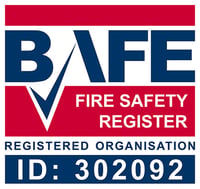





Design, Installation & Commissioning
The Ventro in house, FIA L3 certified design team are able to design bespoke fire alarm systems that are tailored to your specific building. We work with businesses, both large and small to recommend and supply the best in fire alarm systems from the leading manufacturers across the globe.
We are certified to install all types of fire alarm systems including single-point smoke, heat and carbon monoxide detection, beam detection, wireless, air sampling (aspirated) and gas suppression systems. Our experienced team have completed work on a wide variety of building types and can assess your site for the most appropriate category of alarm system.
Installation and commissioning work is undertaken by our highly trained technicians with minimum disruption to your business. Once your alarms have been installed and commissioned, full operation training will be provided for your team at a time convenient to you.
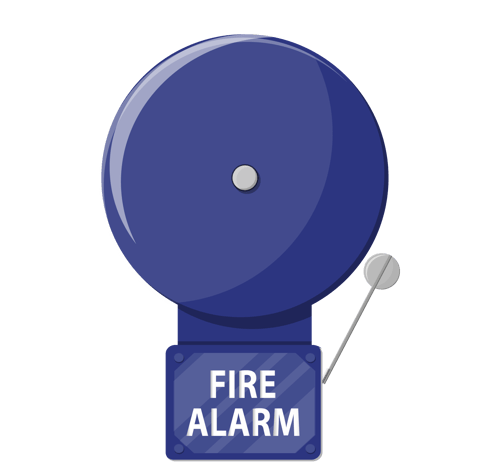
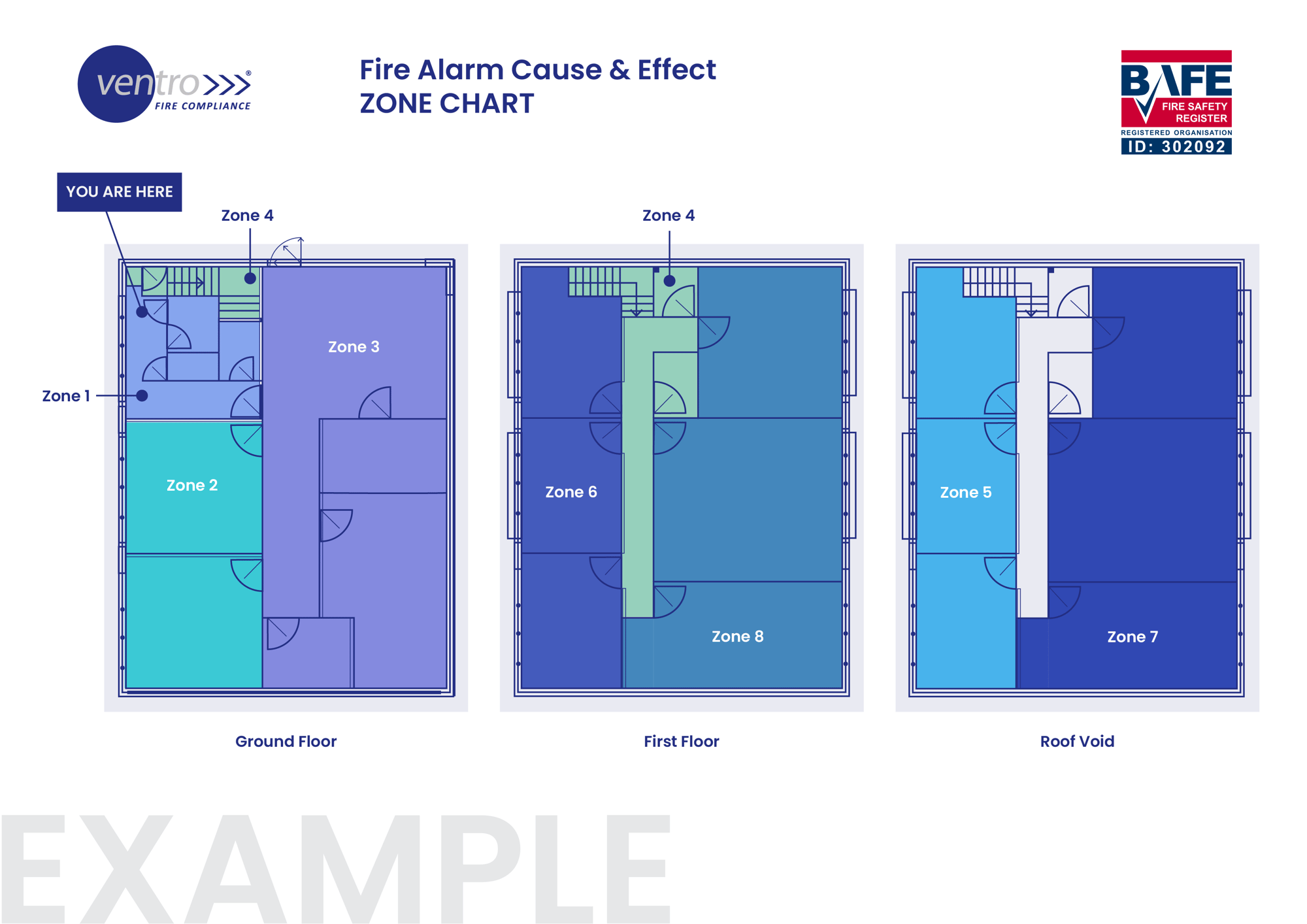
Service & Maintenance
Once fire alarm systems are in place, we work with you to ensure regular servicing is scheduled, in accordance with the British Standard for Fire Alarms, BS5839.
Our servicing and maintenance contracts are adapted to suit your organisations needs and ensure compliance at all times. Servicing will be carried out by Ventro regional technicians who partner with your staff to fulfil your alarm servicing requirements. Our technicians are proactive in looking for any problems or hazards and we uphold 98+% first-time fix rate.
Ventro engineers stock all common fire system devices in their vans, and also have secure storage hubs located strategically across the UK which ensure that spare parts and products are readily available when required. If the replacement part or device is more specialist, we also have strong supply relationships with the main manufacturers and distributors across the UK.
Alongside regular maintenance visits, Ventro engineers are available for emergency call outs 24 hours a day, seven days a week, ensuring that we are available when you need us most.
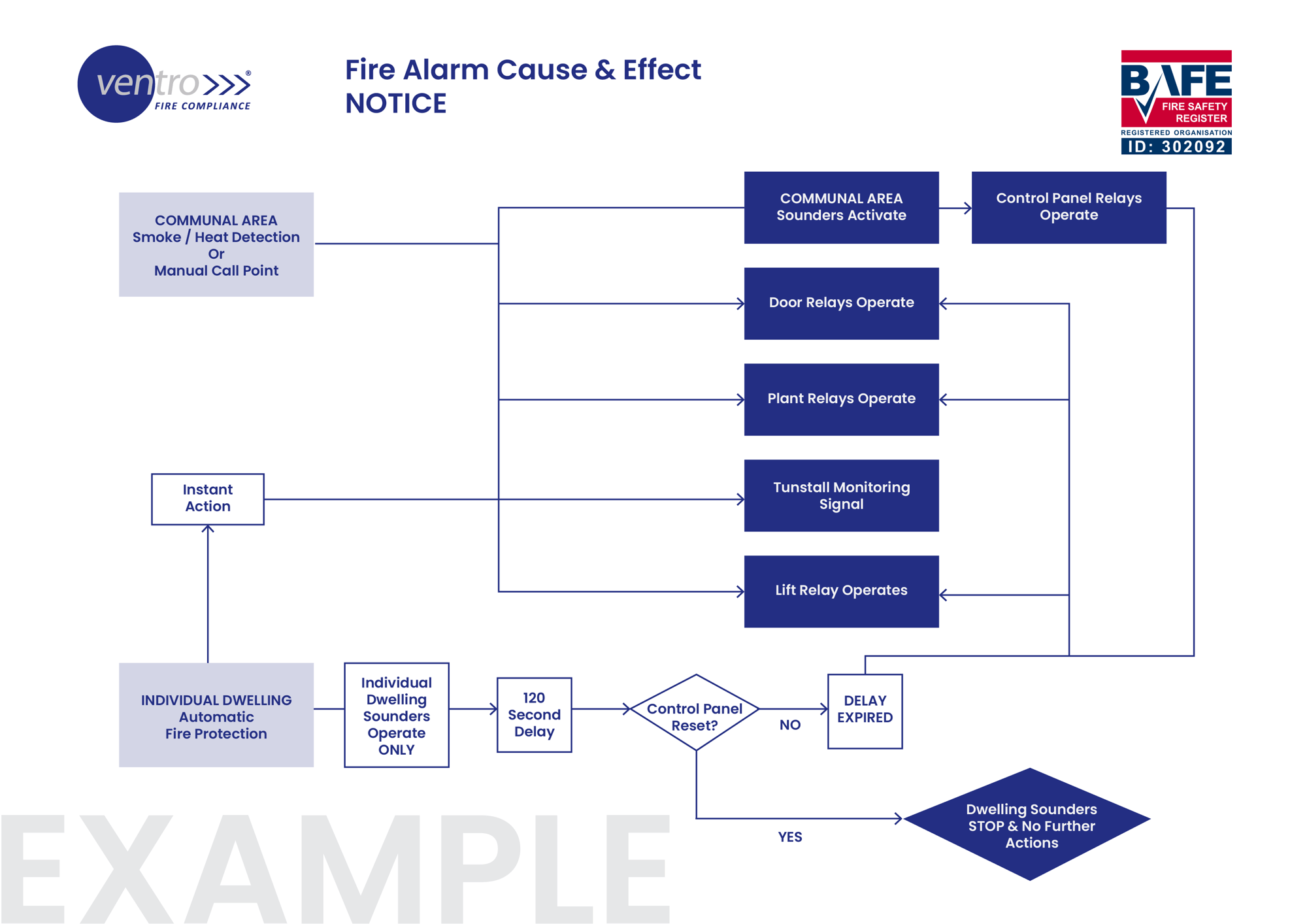
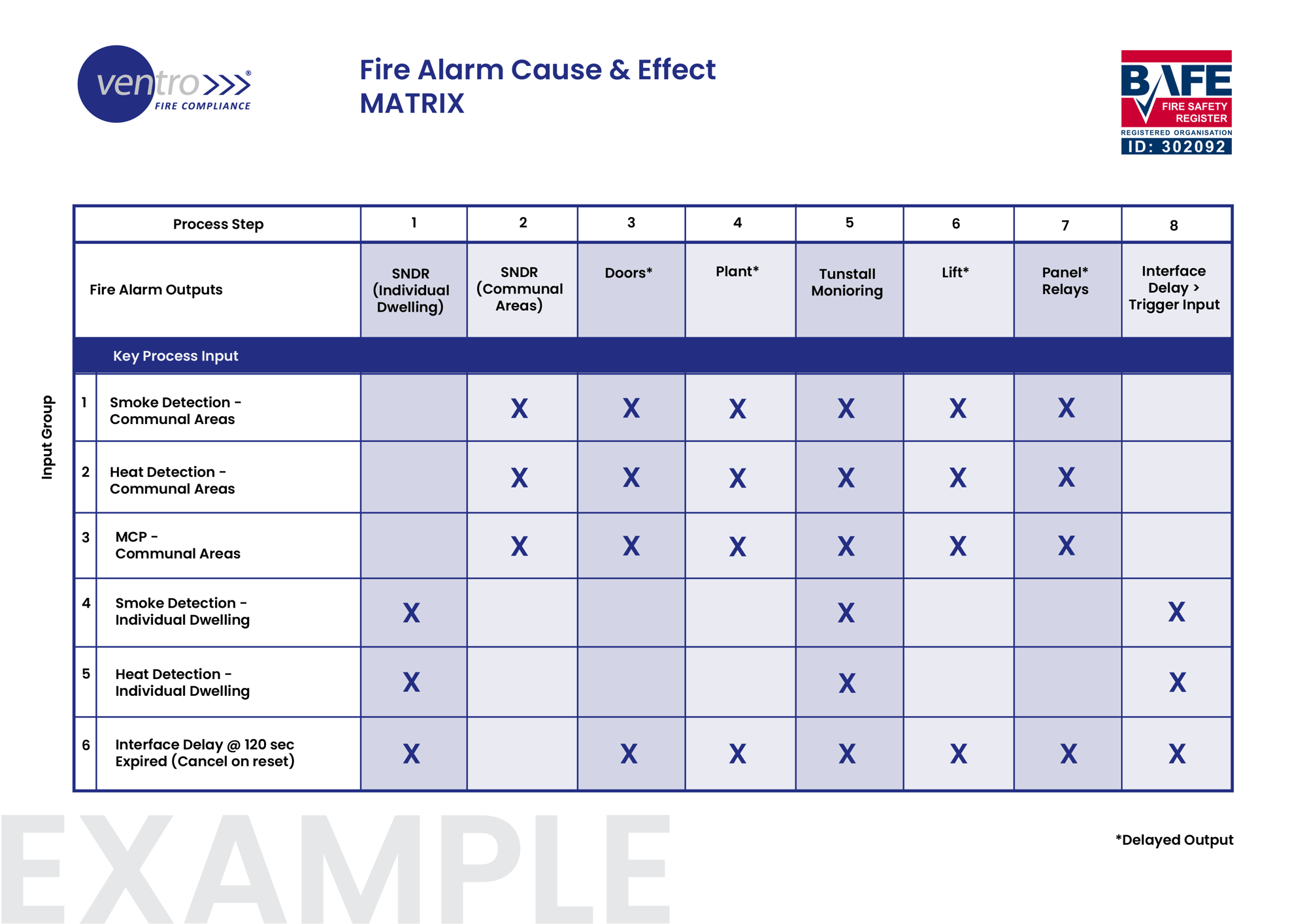
24/7 Fire Alarm Monitoring
Protect your property and assets when your building is empty via our fire alarm monitoring services. Ventro are partnered with the industry-leading fire alarm monitoring systems. Upon activation of your fire alarm, automatic alerts are sent to local emergency services and nominated staff members, enabling a fast response to your building. Our out-of-hours emergency helpline provides you with live updates on how your callout is being handled, including any escalations or false alarm response handling.
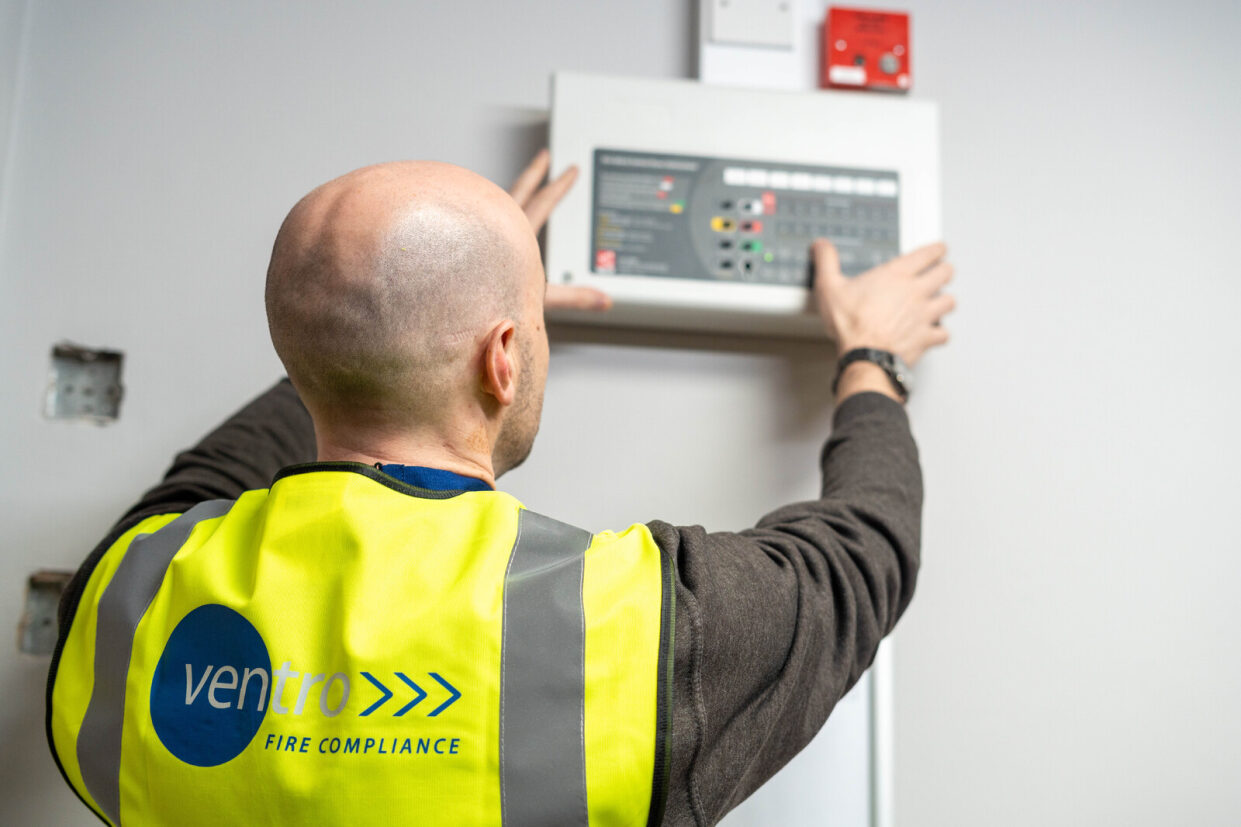
Testing Your Commercial Fire Alarm
What's involved with Commercial Fire Alarm Testing? Watch the video to find out:
- Why are these tests so important?
- How to carry out the tests
- How often the tests should be carried out
Interested in learning how Ventro can help ensure your Fire Alarm is kept in full working order?




